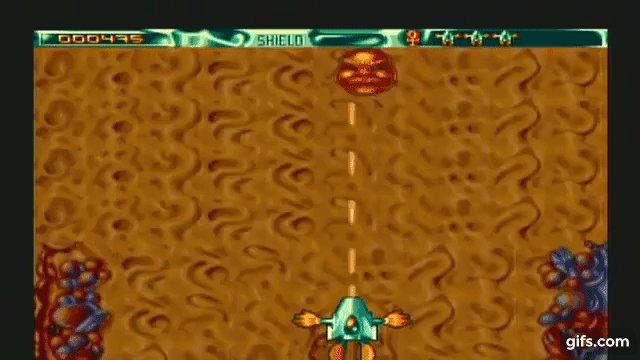The CDI had a console version tho. I have two of them in the loft for some reason.
They never had a console version, they made cheap versions of their lower priced consumer models with the intent to have one of their 'media computers' priced competitively with gaming consoles like the Genesis and Super Nintendo (it wasn't) and both versions came with the presentation controller because they didn't have a game controller finished yet. All you would have seen in the early days were point and click games, simple games like casino titles, chess, golf. and interactive simulators.
The first real games for the CDI came out in 1992. Philips picked things up for games, but by then the Genesis had been out for 3 years and the Super nintendo almost 2 years, and the "competitively priced" players were $200 more until they put out the first game controller. The first controller you may have seen some reviewers and youtubers mention, but that wasn't the controller they were originally working on that was rushed out, they came out with the real controller much later, but for some reason they never put it in any packages with the hardware.
Problem with CDI hardware was that Philips had underestimated CD(Compact disc), so this new CDI disc technology required new hardware built from scratch when Phillips set the CDI hardware standard in 1989. Problem is when they set the hardware, they didn't look at micro computers, they looked at PC, yes PC in the 80's, and not the powerful ones the low-end ones. They also had no idea what hardware was needed for games or advanced animations, they just looked at screenshots in mags and went to arcades and said "we can do that" and left it at that. They also installed a fractured OS with keyboard and mouse support because it was a 'computer' for the TV, an OS which took further resources from games.
You may think that you've seen some good looking games on it, but that's because of the tricks the hardware can do and the benefits of using CDI, which is similar to the benefits of a plain CD. When you actually build a game using CDI hardware itself you get games like these:
The hardware had many problems but discussing it as a games machine, it's easily the most phony "console" out there saved by the benefits of CD like storage space and FMV. Alien gate in the bottom gif is slow, nothing is happening on screen, can't do the basic 2D techniques you expect from a console, and this isn't a badly programmed game it's just hard to get the damn hardware to do anything.
The CDI is often mistaken as a PS13DO era console because it uses CDs but not only does the release date too old to be from that era and was actually (eventually) meant to compete with the Super Nintendo, but the actual hardware is so bad that I am fairly certain, and I've checked, it's the most inferior game machine of the Super Nintendo era in terms of graphics and hardware. Super Nintendo, SNK Neo Geo, NEC Tg16, Sega Genesis, Commodore CDTV, and I would go farther and say it's worse for games than the VIS, another overengineered piece of crap but at least they had a clue of what to put in the hardware for animations and parallax.
Not only could it obviously not run Need for Speed or any 3D game, but it couldn't run Altered beast either, it's fucking junk. What's funny about the whole 'computer' thing is Phillips couldn't even get an internet feature ready until 1996, 5 years after launch. There was an online game released with their internet modem however.
Picture this: imagine Wolfenstein 3D, but with most of the details gone, no ceiling, input lag, and running at half the frame rate. Exciting right?



